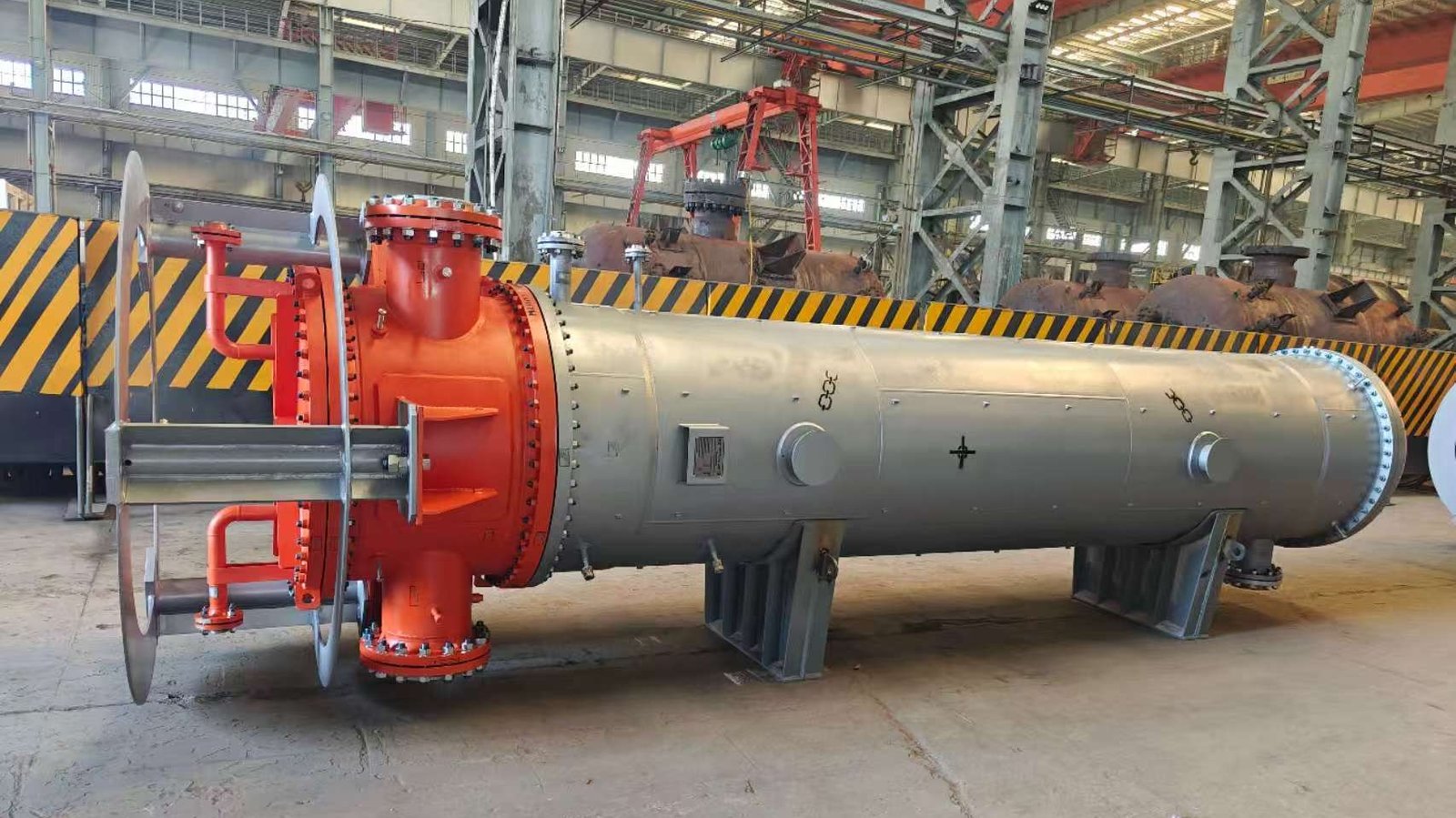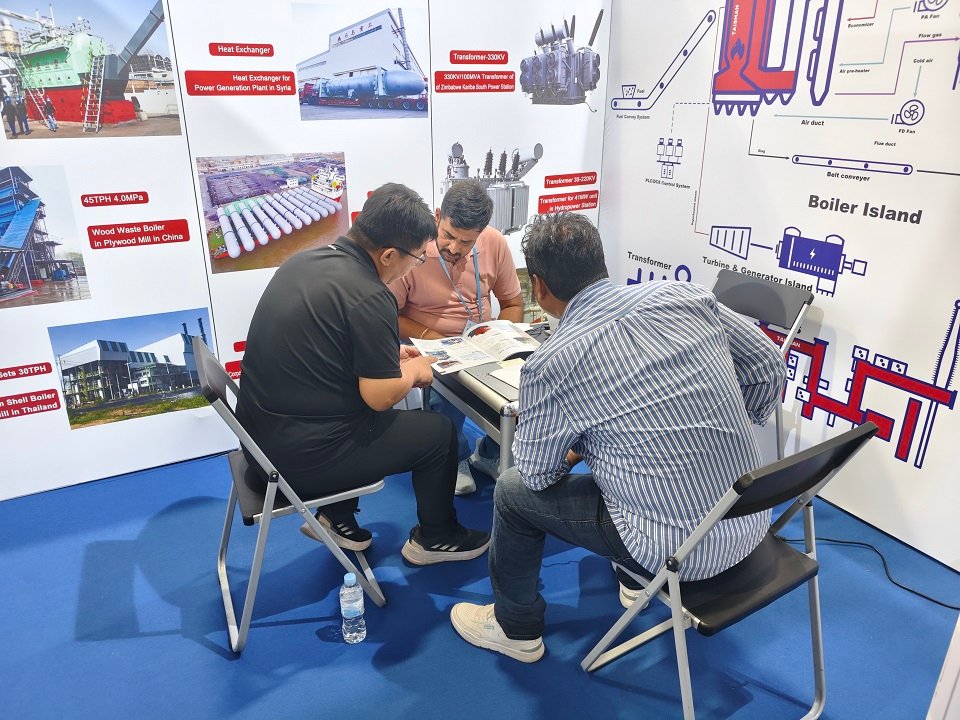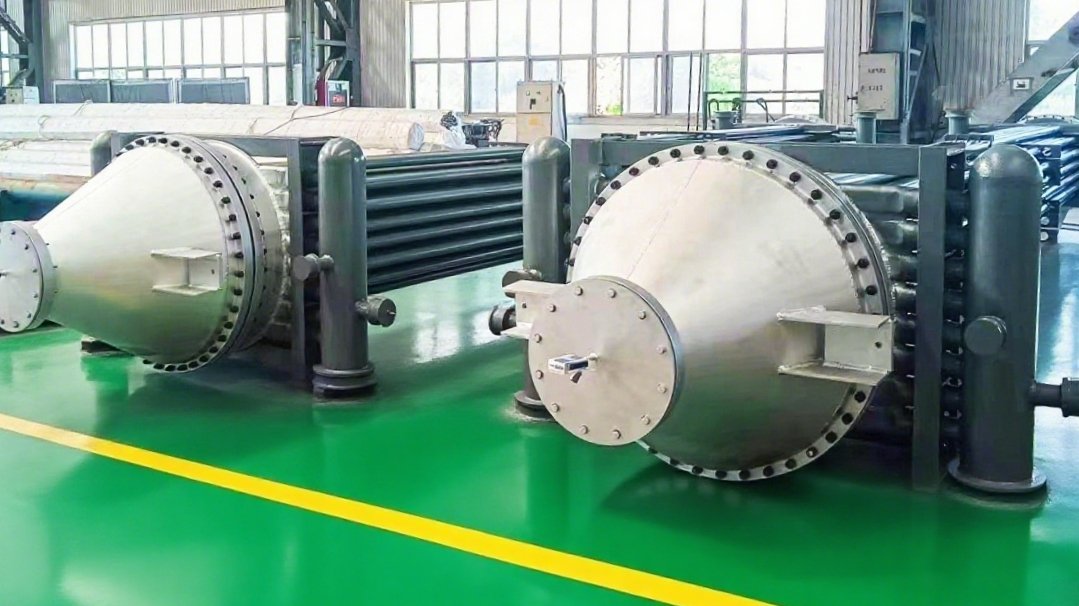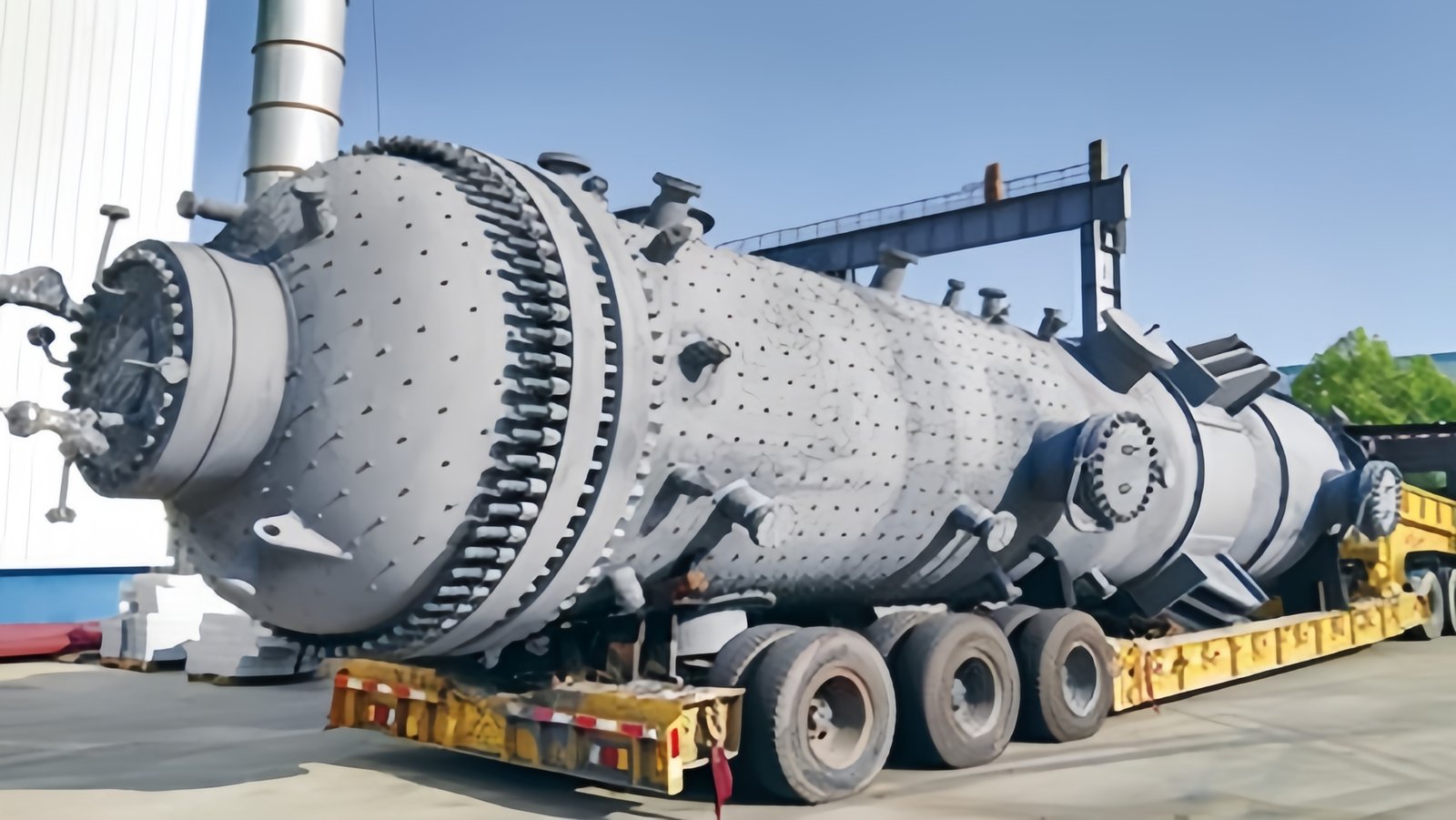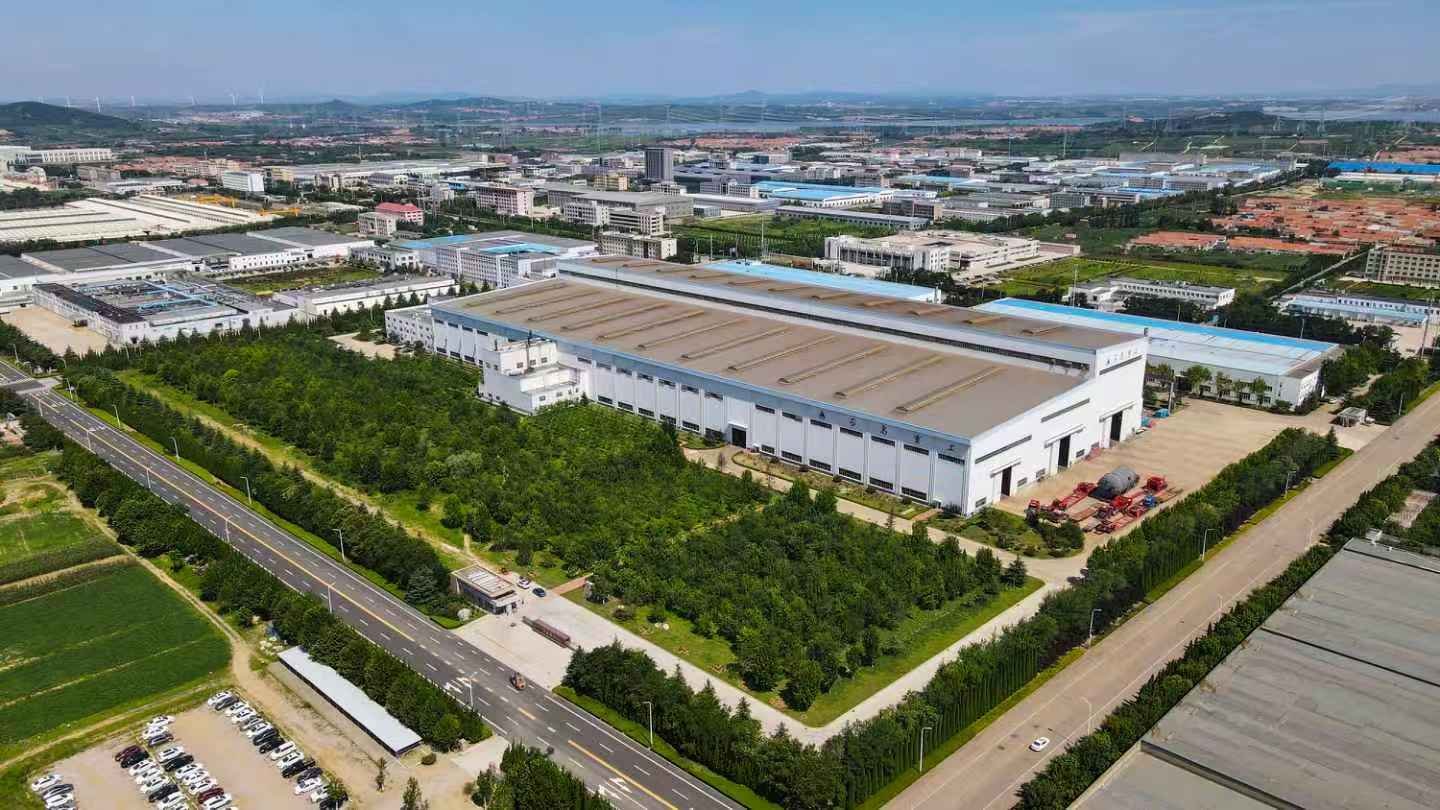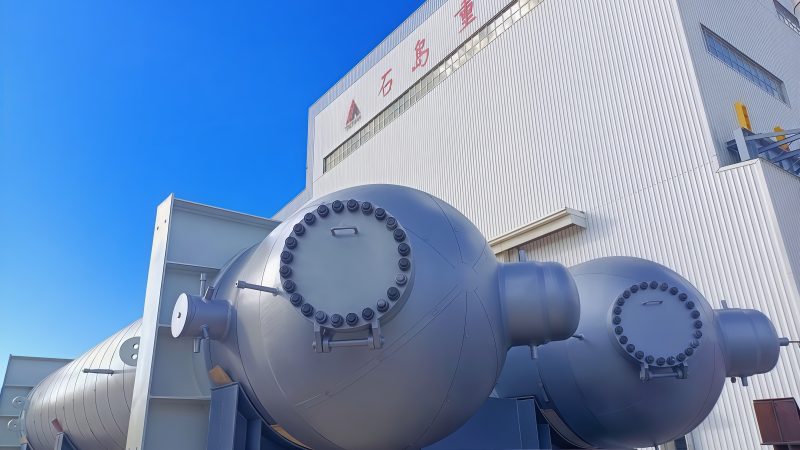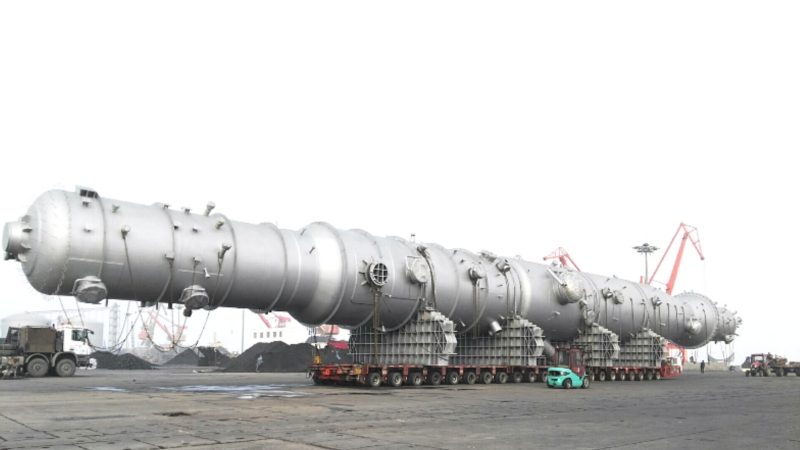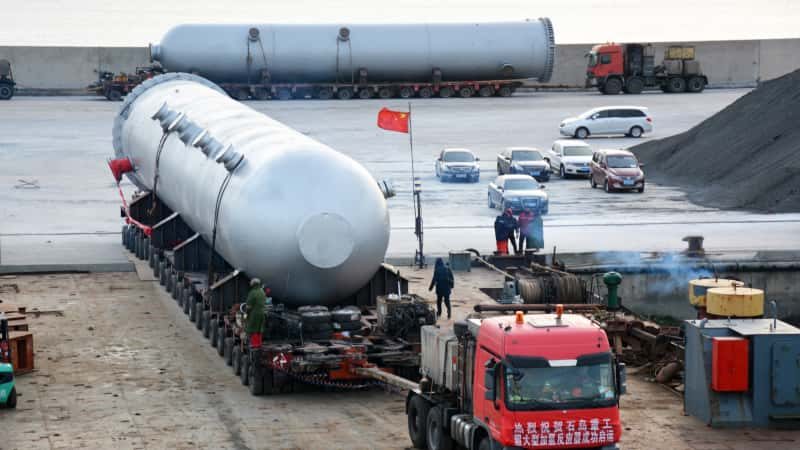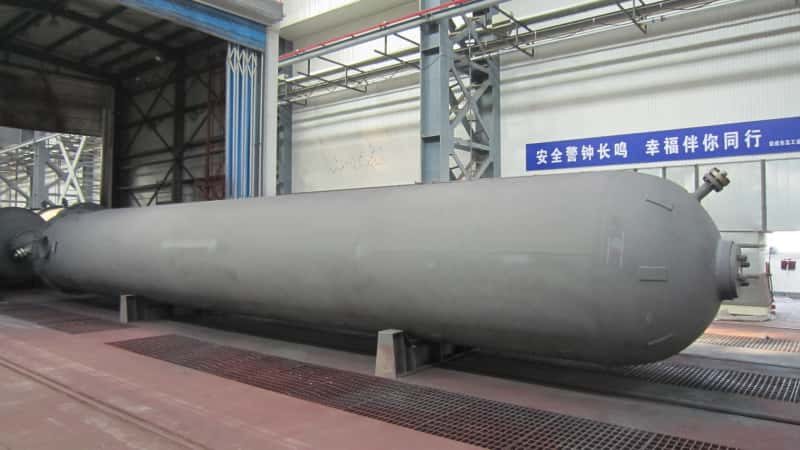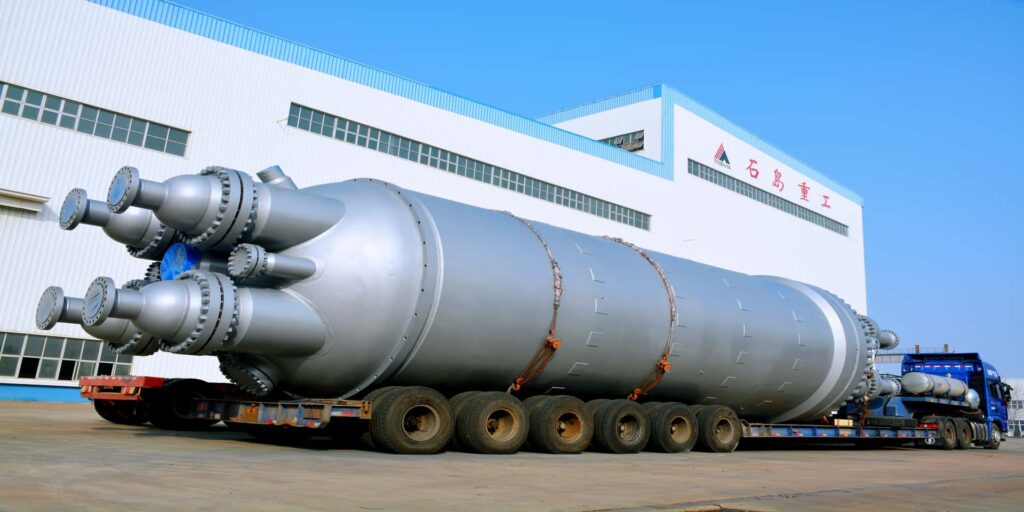
Many industrial engineers, maintenance teams, and even facility managers often use the terms “pressure tank” and “pressure vessel” interchangeably—leading to critical misunderstandings in design, procurement, safety compliance, and legal obligations. Confusing these two can result in non-compliant installations, potential safety violations, and unexpected failures. This article will clarify the core differences between a pressure tank and a pressure vessel by dissecting their definitions, design criteria, industrial roles, and regulatory boundaries. Whether you’re specifying equipment or ensuring code compliance, knowing this distinction could save your operation from serious technical or financial pitfalls.
A pressure tank is a type of pressure vessel designed for specific operational applications like water systems, pneumatic compressors, or expansion systems, usually operating at lower pressures and with standardized configurations. In contrast, a pressure vessel is a broader category encompassing any container designed to hold gases or liquids at pressures significantly above or below atmospheric levels, often governed by strict engineering codes like ASME Section VIII or PED.
If you’re working on facility design, procurement, or engineering compliance, understanding this difference can affect how you select equipment, pass inspections, and maintain safety. Continue reading to uncover detailed comparisons, compliance frameworks, design specifications, and real-world applications of pressure tanks versus pressure vessels.
\
All pressure tanks are pressure vessels, but not all pressure vessels are pressure tanks.True
Pressure tanks are a subclass of pressure vessels, typically with specific applications such as hydropneumatic or expansion systems, but not all pressure vessels serve these roles.
Scope and Definition Differences
Pressure Vessel
A pressure vessel refers to any container—regardless of shape or application—that holds gases or liquids at a pressure significantly different from atmospheric pressure. It includes a wide variety of equipment used across industries like oil and gas, pharmaceuticals, power generation, and chemical processing.
Pressure Tank
A pressure tank is typically a predefined application-specific vessel, such as a water pressure tank, thermal expansion tank, or air receiver. It’s often standardized in size, material, and purpose and may not always require the same level of engineering rigor or customization as pressure vessels used in high-risk industries.
Comparative Table of Characteristics
| Aspect | Pressure Tank | Pressure Vessel |
|---|---|---|
| Application | Water systems, HVAC, air compressors | Chemical reactors, steam drums, heat exchangers |
| Design Pressure Range | Typically <300 psi | Can exceed 10,000 psi |
| Engineering Complexity | Standardized design, off-the-shelf | Highly engineered, custom designs |
| Regulatory Oversight | May fall under ASME VIII, but often less strict | Governed strictly by ASME, PED, GB standards |
| Code Compliance Required | Sometimes optional depending on jurisdiction | Mandatory for pressure >15 psi or volume >1.5 cubic ft |
| Internal Accessories | May include diaphragm, bladder, or simple gauge | Often contains trays, baffles, heat coils, etc. |
| Materials | Typically steel, stainless steel, epoxy-lined carbon steel | Range includes Inconel, Hastelloy, duplex stainless steel, etc. |
| Example Use Case | Booster pump in water distribution | High-pressure chemical reaction containment |
Engineering and Design Standards
Both pressure tanks and pressure vessels may be governed by ASME Boiler and Pressure Vessel Code (BPVC)—particularly Section VIII—but the intensity and customization of the application differ significantly.
Design Requirements
| Requirement | Pressure Tank | Pressure Vessel |
|---|---|---|
| Wall Thickness | Based on standardized pressure ratings | Custom calculated using code formulae |
| Fatigue Analysis | Rarely performed | Required for cyclic operations |
| Welding Specifications | Basic compliance | Strict documentation and weld procedure specs |
| Testing and Inspection | Often hydrostatic only | NDE, RT, UT, and pressure testing required |
\ Pressure tanks often require less rigorous testing than pressure vessels.True Pressure tanks, especially off-the-shelf models, may only undergo hydrostatic testing, while pressure vessels often require advanced NDE techniques and detailed documentation.
Wall Thickness Formula Comparison
| Formula | Application |
|---|---|
| $t = \frac{PR}{SE – 0.6P}$ | Pressure vessels under ASME Section VIII |
| Standard lookup tables | Common in catalog-based pressure tank specifications |
Case Study: Water Treatment Plant
Scenario:
A municipal water facility installed a 100-gallon galvanized pressure tank and a 100-gallon ASME-coded pressure vessel. Both stored water under pressure, but only one passed regulatory inspection.
Root Cause:
The pressure tank lacked the required ASME labeling and documentation. Despite identical volume and pressure, the intended application (pressurized potable water vs chemical dosing) mandated different classifications.
Key Lesson:
Application intent and code jurisdiction determine the classification, not just pressure or volume.
Functional Differences in Operation
Pressure Tank Functional Diagram
| Component | Function |
|---|---|
| Air Chamber | Maintains pressure when water pump shuts off |
| Diaphragm/Bladder | Separates air and water, reduces pump cycling |
| Pressure Switch | Regulates when pump starts or stops |
| Pressure Gauge | Visual pressure monitoring |
Pressure Vessel Functional Use
| Component | Function |
|---|---|
| Shell and Heads | Encloses high-pressure media |
| Nozzles and Ports | Inlets and outlets for process integration |
| Relief Valves | Prevent overpressure scenarios |
| Internal Structures | Facilitate mixing, separation, or heat transfer |
International Regulatory Perspective
Pressure Tank Regulatory Gaps
| Region | Regulation |
|---|---|
| USA | May be exempt from ASME if below 15 psi |
| EU | PED applies only above defined thresholds |
| Asia | Local standards (JIS, GB) may treat tanks differently |
Pressure Vessel Compliance
| Region | Code Used | Mandatory? |
|---|---|---|
| USA | ASME Section VIII | Yes |
| Europe | PED 2014/68/EU | Yes |
| China | GB 150 | Yes |
| Japan | JIS B8265 | Yes |
Summary
To summarize, all pressure tanks are pressure vessels, but not all pressure vessels are pressure tanks. The key difference lies in their application-specific roles, design pressure and complexity, and regulatory requirements. While pressure tanks are typically used for water systems, HVAC, and air compressors with preconfigured designs, pressure vessels encompass a broader class of custom-engineered equipment designed to handle hazardous, high-pressure processes in highly regulated environments.
Need to Classify or Source the Right Equipment?
Contact us to speak with a pressure system engineer who can guide your classification, compliance, and procurement process. We provide ASME-certified pressure vessels and specialized tanks tailored to your industry’s needs—ensuring safety, performance, and legal peace of mind.




